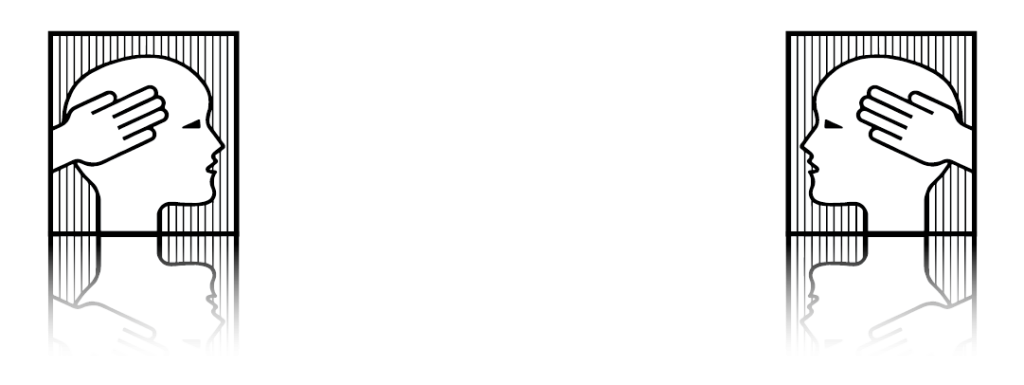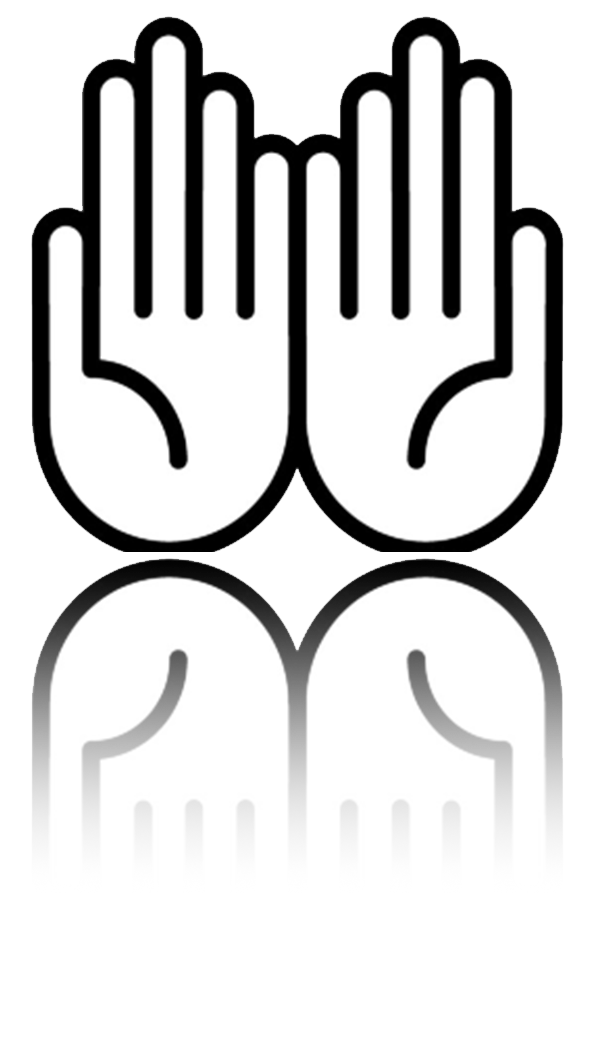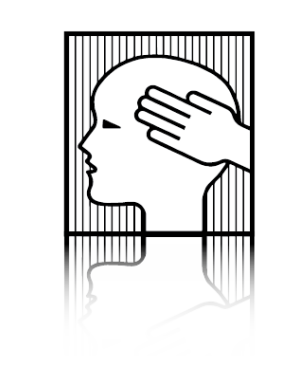The Tongue and the Swallow

What remains to be discovered in the orofacial puzzle?”

Tasha Tuzo, DO illustrates the significance
of the Tongue and the Swallow on facial development in her book THE ALF Approach.
Her many years working in tandem with Darick Nordstrom, DDS, creator of The ALF appliance,
provided unique experiences in orofacial development and treatment with children and adults.
Whether an orthodontist or an osteopath,
the anatomical orientation from an osteopathic perspective is momentous.
A whole-body approach to health …a perspective AND a treatment
from TONGUE to TOE….
with the palpatory (hands-on) skills of the practitioner.
The Cranial Osteopathic Orofacial Orientation
adds a new dimension for both patient and doctor.
Take a look at the basic functions of life
– breathing, swallowing and chewing –
from a new perspective.
Tongue to Toe
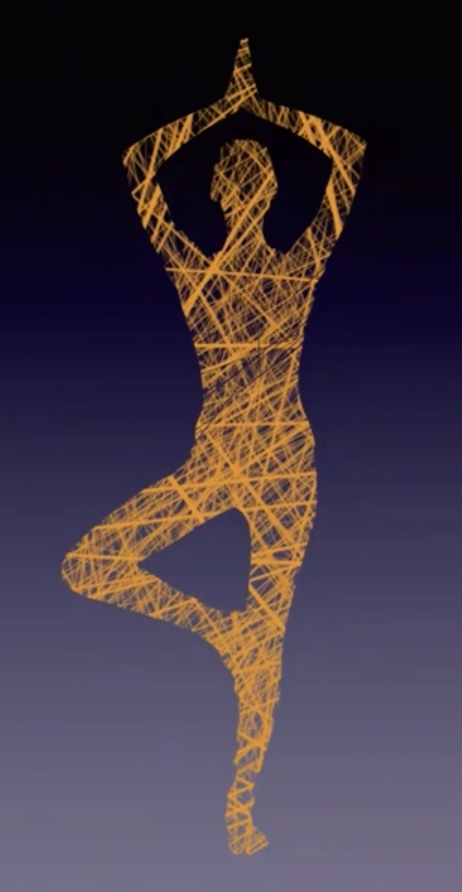
Welcome to the world
of the
Cranial Osteopathic Orientation
– encompassing the functionality
of the body in its
interconnected
FASCIAL TOTALITY.

“The above pictures represent the fascial connections throughout the body.
The lines within the images are not anatomical but rather expressive of the interconnection of the attachments
that unify the whole body into one functioning unit of motion and function.”
Illustration by Adam Knauer | Quote from Tasha Turzo, The ALF Approach, p. 27
For more information on contemporary principles of the ‘functional whole’, refer to Current Principles”.
This “interconnectivity of the body”
surrounding “Orofacial Development” intersects
with diverse medical specializations:
Orthondontics,
Otolaryngology, Orofacial Myology, Orthotropics,
– and more than just the “O” professions..
Pulmonology, Neurology, and Speech and Language.
All specializations function within
the FASCIAL NETWORK,
the ignored and unrecognized
‘internet’ communication system of the body…
a sensitive network that responds
to intelligent palpation –
TOUCH
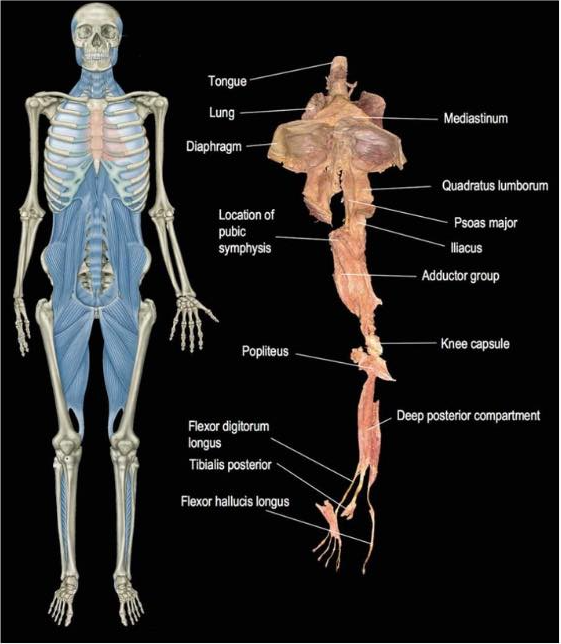
Image from @drstevenlin
TONGUE TO TOE…
with the Fascial Network
of the body and
The Cranial Connection.
The tongue, the ‘kingpin’
of this communication system,
affects not only swallowing
but also breathing!
From the tongue
and muscles of the jaw,
through the middle of the body,
to the arch of the foot..
Mandibular Growth and Development
Mandibular motion, by far one of the most remarkable anatomical regions of
growth and development in the human body,
is also one of the most active regions the body, responsible for the basic functions of life
– chewing, swallowing and breathing.
The head (cranial vault) of both adult and infant are similar in size and shape.
However, the growth of the cranio-mandibular complex from birth to adult is extraordinary.
The mandible (lower jaw) is a unique bone,
providing the essential life functions of chewing, swallowing and breathing.
Functional swallowing develops the face.
Functional chewing grows a mandible.
Female Adult Skull
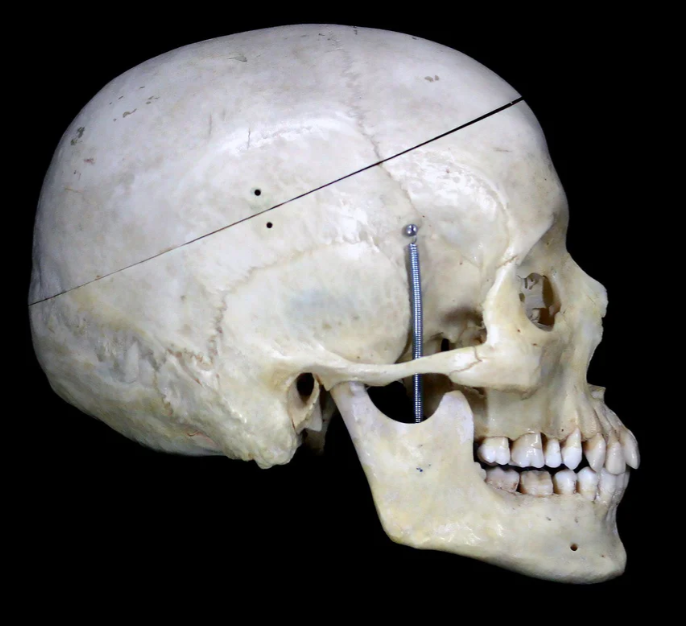
www.paxtongate.com/products/human-female-skull
Infant Skull
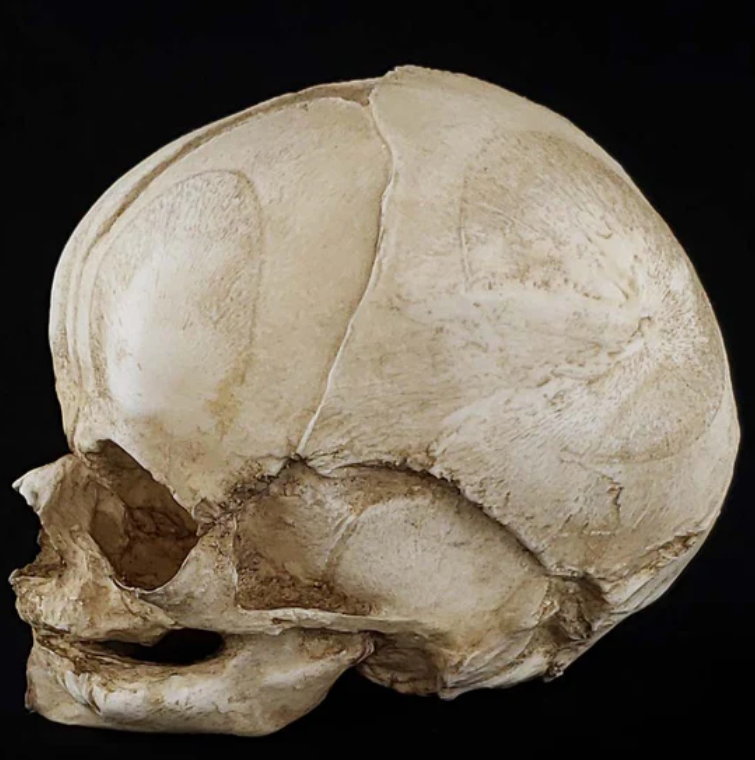
www.booksandbones.com/catalogcosteo/cast-fetal-skull-full-term-40-12-weeks-bc-228.PNG
…Every part of human anatomy and physiology has motion.
… except the beveled sutures in the skull?
Does this ‘indisputable fact’ make sense?
There needs to be ongoing conversation and dialogue in this arena.
Is the earth round or flat?
The shape of the earth continues to be discussed in the NOW!
Does the human skull have subtle motion between the sutures
and how does this affect current understanding of anatomy and physiology?
There needs to be discussions in the NOW!
The Orthodontic Osteopathic Interface
is the place to initiate dialogue and further understanding.
Is there more to the Tongue and the Swallow than facial development?
How does TMD (Temporomandibular Joint Dysfunction)
enter into this scenario?
Let’s find out!
The pressure of the tongue in the palate
(roof of the mouth) gently massages the maxillary suture (midline suture), helping to
widen the palate –
growing the face.
Furthermore, when swallowing,
the suction action of the tongue
in the upper back region of the palate
pulls down on the vomer and ethmoid bones
which lie directly above the palate.
This in turn stimulates the midline joint structure – the spenobasilar symphysis (SBS),
thereby creating a pumping action
into the center of the cranium –
the functional swallow —>
and herein lies the expansion of understanding.
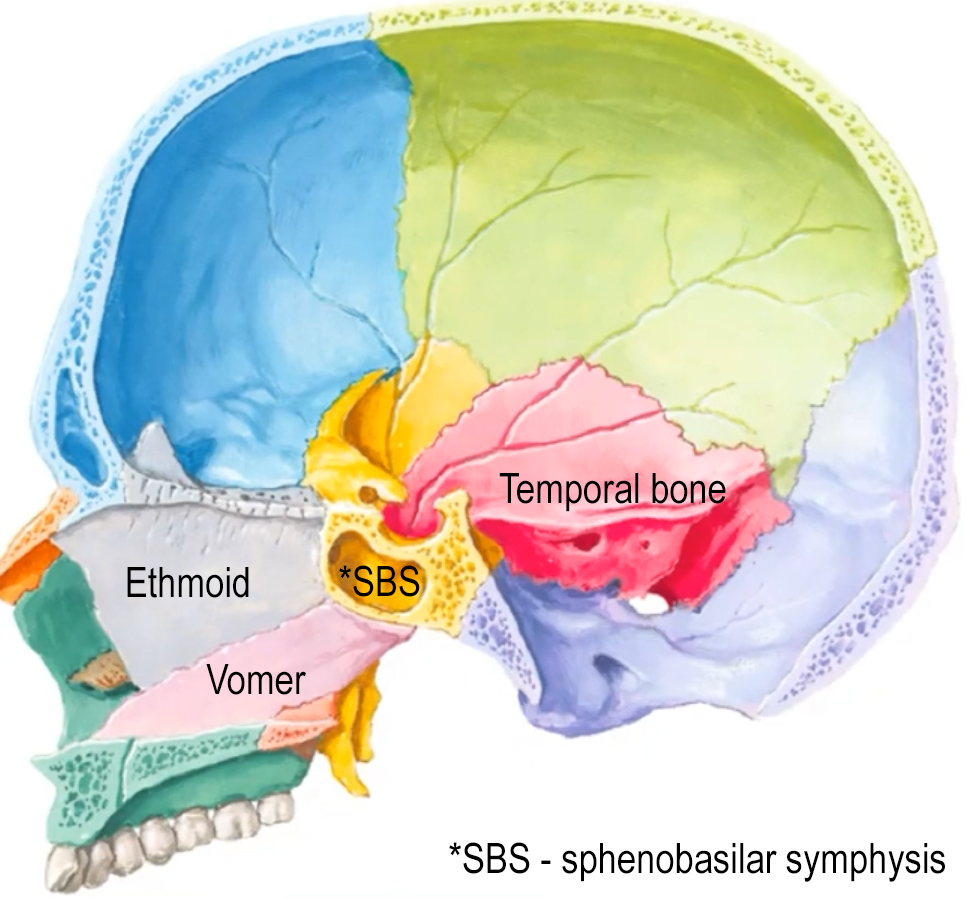
The motions of the tongue and the functional swallow assist in stimulating
the physiologic motion of the CRI (cranial rhythm impulse).
The Temporomandibular Joint
Tasha Turzo, DO, points out the significance
of the temporal bone, not only its motion
but also its interface with the temporomandibular joint:
Temporal Bone Trouble Maker
Thus, TMD (temporomandibular joint dysfunction)
is recognized as a key player in temporal bone dysfunction –
an ‘upgrade’ to a more consequential and dysfunctional understanding.

https://stationsquaredental.com.au/orofacial-care/tmj-dysfunction-or-tmd/.
The face literally ‘hangs’ off the temporal bones.
These paired TM joints/temporal bones
assume primary significance in maintenance of body balance
with the sacroiliac joints of the pelvis,
thus affecting the functionality of the whole.
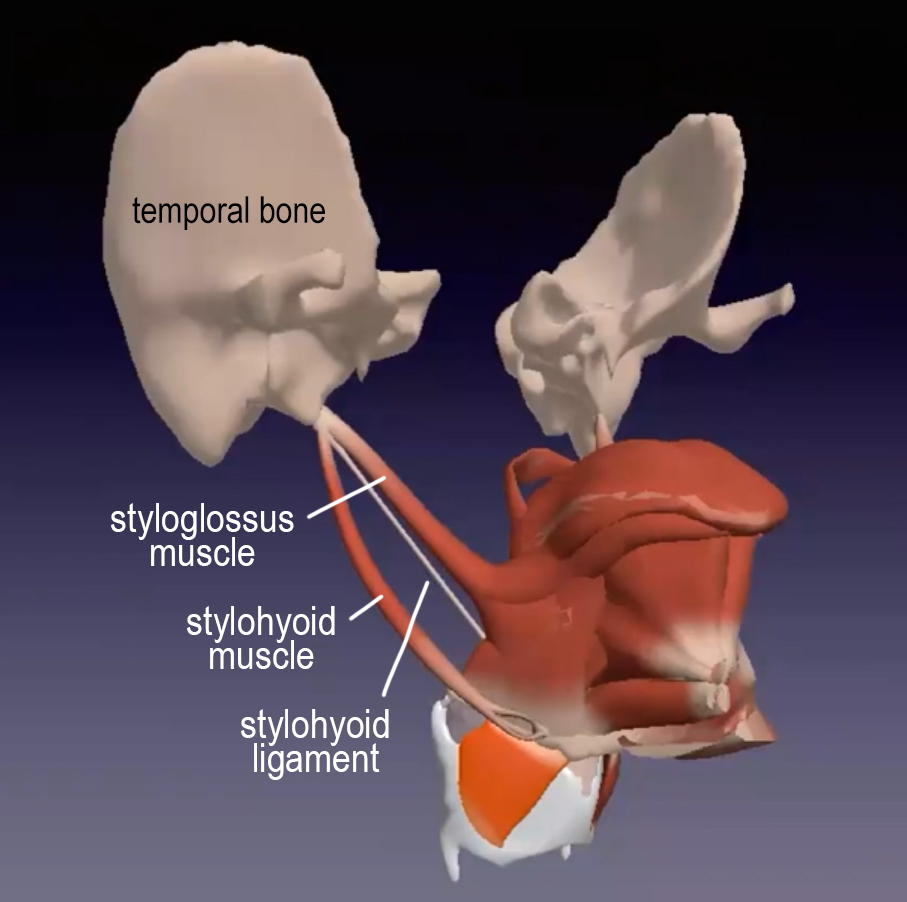
Image used with permission of Tasha Turzo, DO
In very simplistic terms, two muscular ‘guy wires’ connect the tongue and the mandible
to the styloid process of the temporal bone:
– the stylohyoid muscle connects the mandible
– the styloglossus muscle connects the tongue
There is even more ‘guy-wire’ support from ligaments:
the stylohyoid ligament is one of the key players, stretching from the styloid process to the hyoid bone, a midline structure sitting in the front of the neck below
the lower jaw and floating in tissue, muscle and fascia.
In totality, there are 24 muscles and/or ligaments
acting as ‘guy wires’ from the temporal bone
to the hyoid bone, the ‘mini-mandible’.
Speaking/singing, swallowing and breathing
are dependent on this ‘guy wire’ system
hanging off the temporal bones.
The Palate and The Maxillary Suture
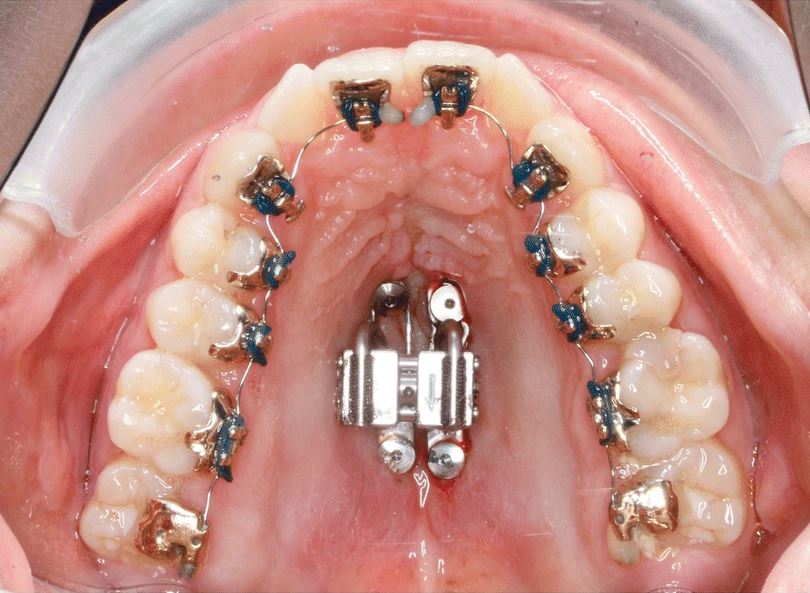
Surgical Palate Expander
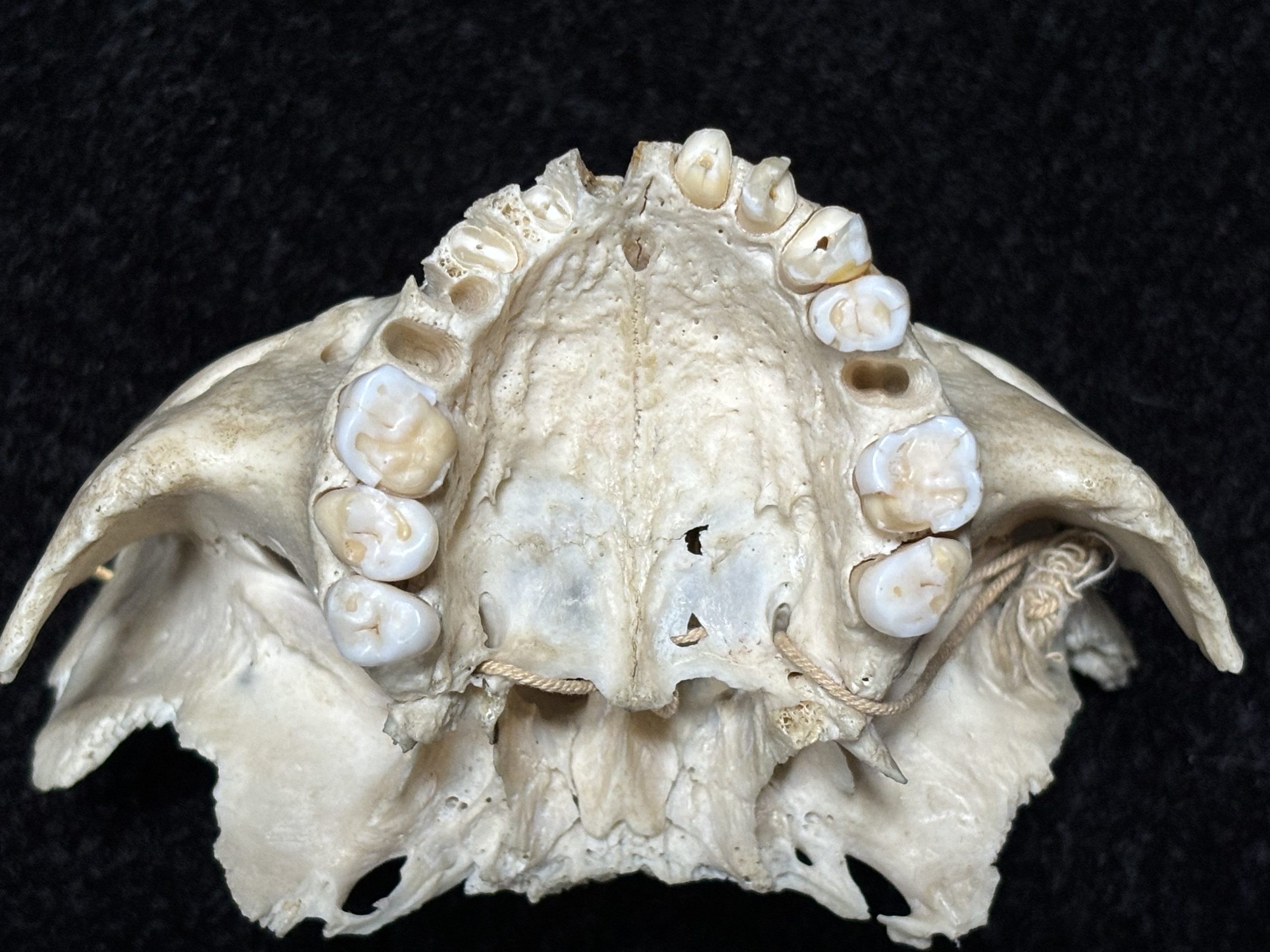
Maxillary Bone
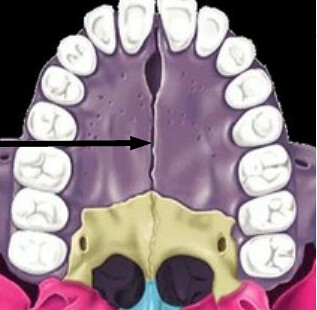
Maxillary Suture Drawing

Orthodontic Palate Expander
Maxillary expansion has major significance in contemporary orthodontics today.
Palate expansion, as opposed to braces, is done for ‘facial development’ – to make space for the teeth in the mouth.
Dental appliances with screws or surgical implants are used for the purpose of palate expansion.
The maxillary suture is the ‘midline’ of the palate, which is formed from the two halves of the maxillary bone.
In the world of osteopathic world of cranial motion,
this maxillary suture is a critical element not only in orofacial development
but also for the integrity and the functionality of the Cranial Rhythmic Impulse (CRI) – inherent cranial motion.
Tasha Turzo, DO presents a different perspective on ‘palate expansion’ with the ALF Appliance,
a maxillary dental device designed to enhance a functional swallow,
thereby training the tongue and a functional swallow to play an active role
in widening the palate in orofacial development before working with crooked teeth (malocclusions).
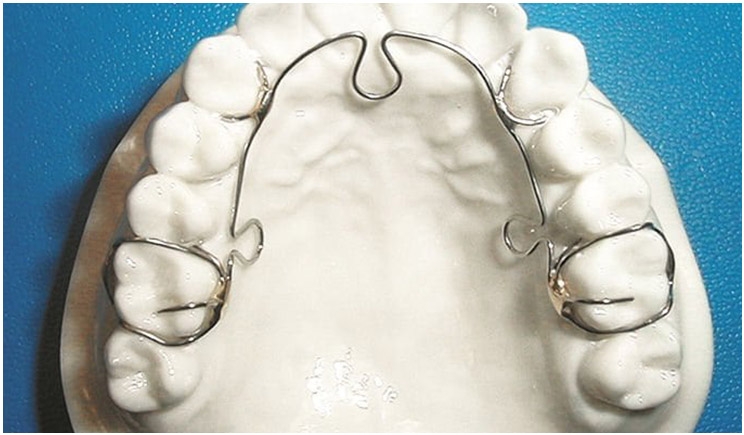
Note there is no interference with the maxillary suture in the midline of the palate,
allowing the tongue freedom for proper resting and swallowing positions.
For more information, visit
How does a face grow?
In the world of Tasha Turzo and Temporal Bone Motion
– a world that encompasses an integrated outgrowth of the Swallow, the Tongue and TM Joint –
the orofacial ‘activity’ hanging from the temporal bones facilitates anterior motion of the face,
– a ‘pumping action’ for the ‘brain-drain’ of the glymphatic system.
This can only happen in the world where there is movement in the skull!
In addition, the downward suction/pulling action of the tongue (functional swallow)
on the ethmoid and vomer (the bones above the palate) at the maxillary midline suture
stimulates motion into the center of the head.
Motion in the center is exaggerated as it moves to the periphery.
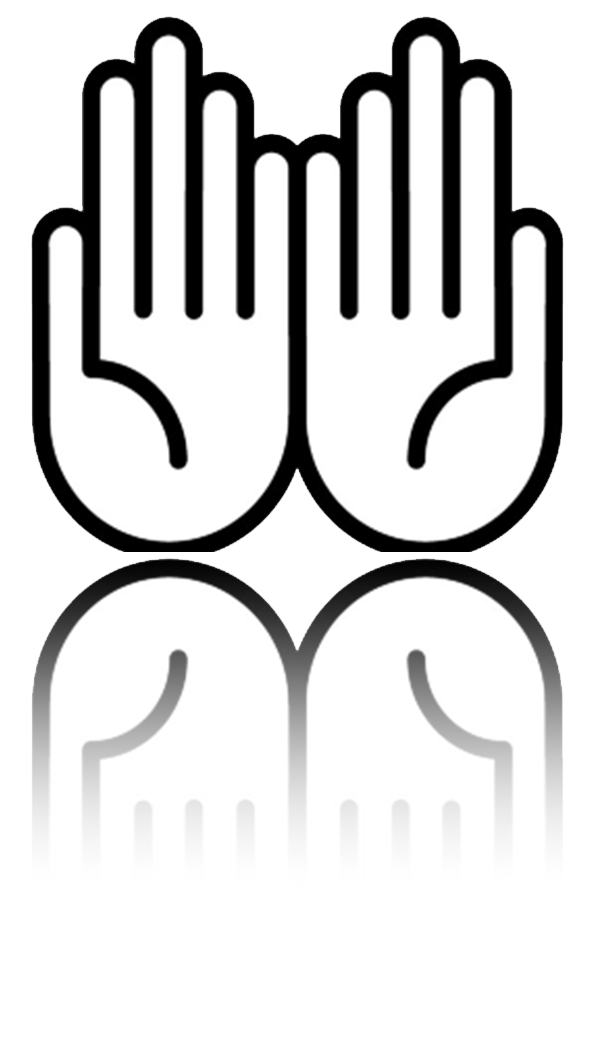
Contemporary neuroscience research in the glymphatic system has more questions than answers at this time.
Sleep is the primary force for ‘glymphatic clearance’ – brain washing – of toxins.
The implications for neurogenerative disease is paramount.
However, the question remains HOW does this ‘brain washing’ during sleep occur?
Transport by the venous system has been ruled out.
The evidence of lower-frequency pressure oscillations to drive this fluid-transport system
has been noted by neuroscientists.
In the world of the cranial osteopath, the ability to see these pulsations and oscillations
that trained practitioners have been able to palpate for over fifty years
gives much-awaited validation of a reality not accepted by tradition.
How does Temporal Bone Motion and a Functional Swallow
relate to this newly discovered glymphatic system?
Perhaps more than we can imagine!
But, first must come the acknowledgement of subtle cranial motion between cranial bones.
A belief in the raison d’etre of the bevel –
– more than a fluke of evolutionary development in the human skull.
Bone beveling and the domain of the ‘suture’ is a functional reality designed for motion.
The action of the tongue, the swallow and the maxillary midline suture
become key players in the ‘inherent cranial motion’
that lives in the world of the CRI (cranial rhythmic impulse) and can be palpated.
The tongue and the swallow rise to a notable stature.
Sucking and swallowing and breathing
– first developmental activities of life –
…and for growing the face that is suspended from the Temporal Bone.
The critical difference of
motion vs. no motion
is unmistakable from a functional viewpoint.
This difference in understanding is palpable – literally and figuratively.
Can there be a merger of minds and evolutionary understanding
about the Cranial Concept,
the osteopathic legacy of William Garner Sutherland?
The insightful integration
of cranial osteopathy with orofacial growth and development
directly impacts
current investigations in neuroscience
and present-day practice in orthodontics.
